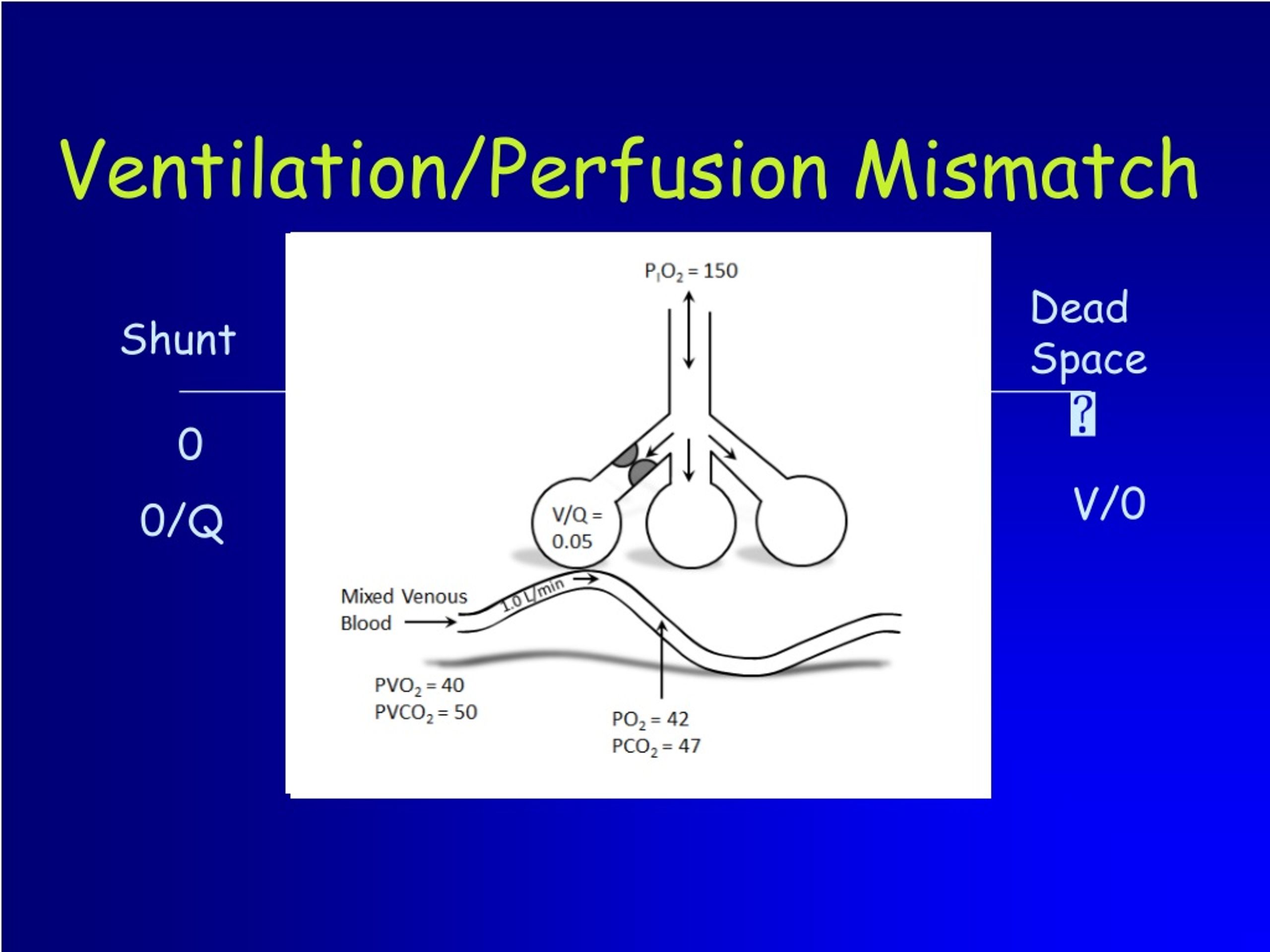
Many people are saying.hypoxemia in COVID-19 is something entirely new.Įrror: Please enter a valid email address.
Observations of hypoxemia in COVID-19 are entirely consistent with known mechanisms and therefore do not require the invocation of novel processes specific to SARS-CoV-2. The degree of HPV in any individual patient is therefore difficult to predict The strength of HPV varies between individuals and also depends on extent of pulmonary involvement, amount of supplemental O2, and ventilation strategy. It has been further alleged that COVID-19 patients exhibit a unique failure of hypoxic pulmonary vasoconstriction (HPV). This ignores the known contribution of V/Q mismatch to hypoxemia in ARDS COVID-19 patients are reported to be hypoxemic in the absence of significant consolidation on chest imaging, leading some to postulate that the hypoxemia must be due to a novel mechanism. Shunt in ARDS is often seen in the setting of alveolar collapse/filling leading to substantial opacities on chest imaging. In ARDS, the primary mechanisms of hypoxemia are shunt and V/Q mismatch The fundamental mechanisms of hypoxemia are common to all pulmonary disease. 
The physiologic basis of pulmonary gas exchange: implications for clinical interpretation of arterial blood gases. Philadelphia: Lippincott Williams & Wilkins. In: Lippincott's Pathophysiology Series: Pulmonary Pathophysiology.


“Gas transport to and from peripheral tissues”. In: Fishman's Pulmonary Diseases and Disorders, edited by MA, Grippi (editor-in-chief), JA, Elias, JA, Fishman, RM, Kotloff, AI, Pack, RM, Senior (editors). “Clinical presentations: gas exchange and transport”.







 0 kommentar(er)
0 kommentar(er)
